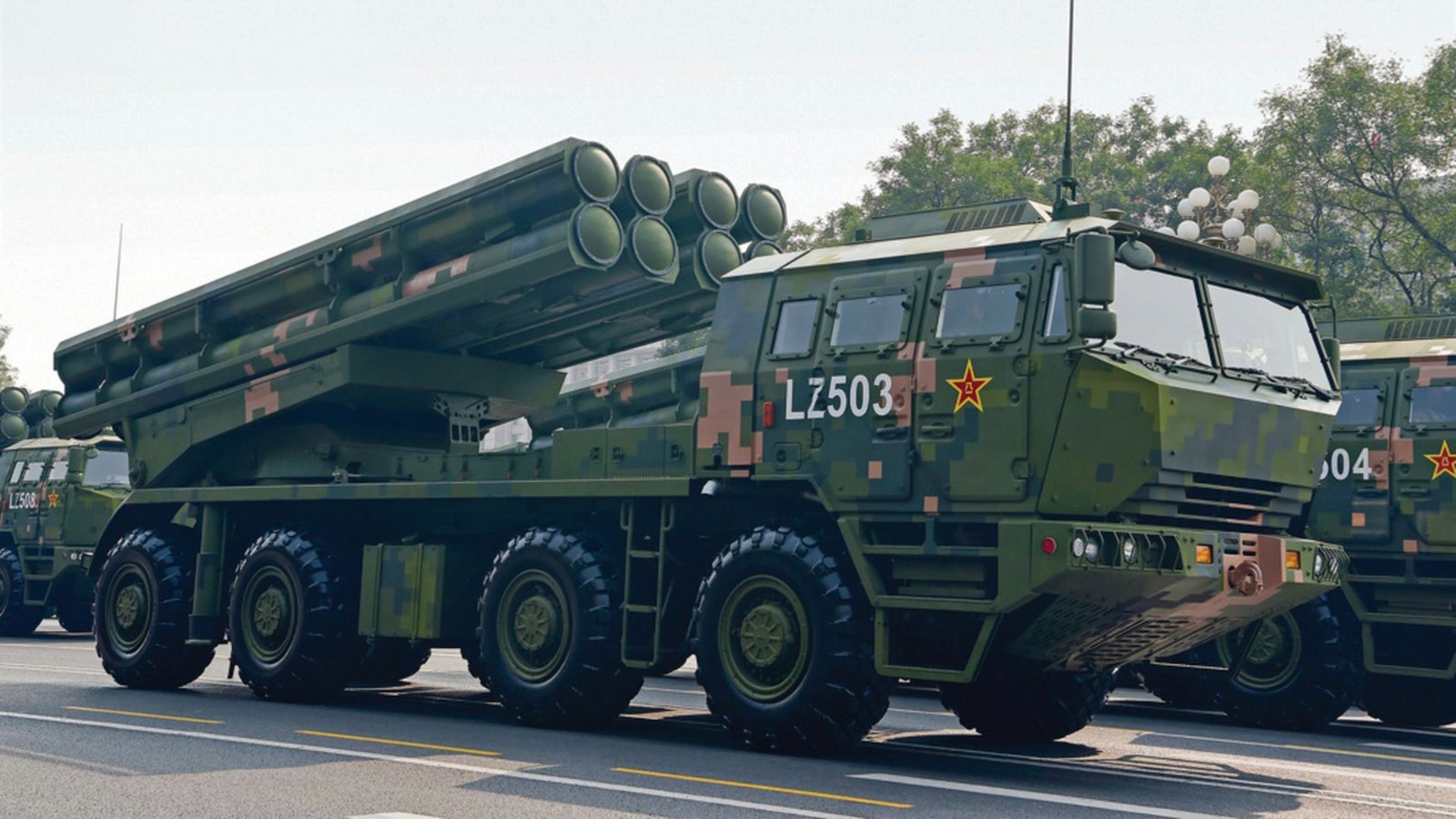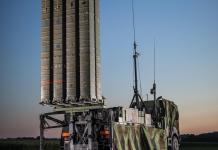Japan is gearing up to initiate the next stage of efforts to relocate a crucial US air base in Okinawa, with plans to commence the work as soon as January.
This move comes despite persistent local opposition, signaling a determined push forward for a contentious project that has lagged a decade behind schedule.
‘Mysterious’ F-15 Fighter Appears In Pakistan’s Promo Video; PAF Pilot Traces Its Origin
On December 26, Land Minister Tetsuo Saito announced that the government would approve a design change in the US base relocation project at the Henoko coastal area in Okinawa Prefecture by proxy on December 28, acting on behalf of the prefectural government.
This marks a significant development as it represents the central government’s inaugural use of proxy execution for a local government administrative task, a provision established under the local autonomy law in 2000 as part of decentralization efforts.
Following the anticipated proxy approval, the government is set to commence work on reinforcing the soft ground on the Oura Bay side to the east of Cape Henoko as early as January 12.
This construction is a crucial component of the broader initiative to relocate the US Marine Corps’ Futenma air base, currently situated in the densely populated Okinawa city of Ginowan, to the coastal district in the city of Nago.
The Land Ministry officially informed the Okinawa government of the forthcoming proxy execution through a notice sent on December 26.
Defense Minister Minoru Kihara said, “We will make preparations for the Oura Bay side work in order to realize the full return of the current Futenma base site (used by the US military) as soon as possible.”
The decision to proceed with proxy execution in the contentious US base relocation project in Okinawa comes after Governor Denny Tamaki rejected a court order to approve a design change.
In 2020, the Defense Ministry sought approval for a design change in the US base relocation project in Okinawa. Governor Denny Tamaki declined the approval request in 2021, leading to legal action.
Yet, despite a recent court ruling instructing him to approve the change, Tamaki expressed his intention to appeal to the Supreme Court.
Meanwhile, the reinforcement work is set to continue, as the proxy execution remains effective unless overturned by the top court, reflecting the ongoing dispute between the central government and Okinawa Prefecture.
Shashank S. Patel, a keen observer of Japanese defense and geopolitical trends, told EurAsian Times, “This exclusive exercise of Japanese central government’s power to corner local administration in the land expansion will benefit directly to quick shift US Marine Corps’ Futenma airbase towards the coastal area. It will enhance the operability & quick access to the military establishments in other parts of the island.”
Okinawa Is The Spine Of The US Defense Ecosystem
The Futenma base, currently situated near a densely populated area, was chosen to be moved to Henoko following the 1995 rape incident involving American servicemen.
Despite Okinawa’s desire to relocate the base out of the prefecture entirely, Henoko was selected as the new site. However, progress has been limited, leading to growing distrust among locals.
The originally scheduled completion of the Futenma base relocation by 2022 has been delayed until at least the mid-2030s, entangled in a bureaucratic and legal battle and facing strong opposition from Okinawa residents.
Initially approved in December 2013 by then-Governor Hirokazu Nakaima, the project faced a setback when Takeshi Onaga, an opponent of the plan, won the 2014 election. Governor Tamaki, who succeeded Onaga in 2018, also opposes the relocation.
Changes in the regional security landscape add complexity to the situation. China’s frequent presence near the Senkaku Islands, administered by Japan as part of Okinawa, and its proximity to Taiwan increase the strategic importance of US forces in the region.

Moreover, China and Russia have intensified their collaborative military exercises in proximity to Japan, involving naval passages through Japanese straits and fighter approaches near Japanese airspace.
These maneuvers raise concerns about heightened tensions and security challenges in the Indo-Pacific region. In addition to the China-Russia military collaboration, Pyongyang’s unprecedented number of ballistic and cruise missile tests since last year has further contributed to the destabilization of the security landscape in the Indo-Pacific.
The ongoing missile activities by North Korea pose a significant threat and have prompted increased vigilance in the region.
In light of these developments, the Japanese Defense Ministry underscores the necessity for constructing a substitute base within the Okinawa prefecture, emphasizing the island’s critical role in national security.
Describing Okinawa as an exceptionally vital position, the ministry highlights that the deployment of the Marine Corps in Okinawa is essential for ensuring peace and safety in Japan and the broader East Asian region.
The Marine Corps’ notable responsiveness and mobility are considered key factors in fulfilling this important role. The EurAsian Times has recently reported that the US military is contemplating the reinstatement of permanent fighter jet deployment at an American base in Okinawa.

Patel highlighted, “Eyeing Chinese PLA advances and their temporary settlements in far islands makes Japan & US worried about their operational patterns in their own backyard. Strategic control & assessment of Chinese regular intrusions into the high waters of the Philippines Sea & East China Sea require Okinawa to be more prudent and war-ready in recent times.”
He pointed out, “In my opinion, if Okinawa had been absent from Japanese control, China would have exercised more lethal outreach in the East & South China Sea. This may not only limit the Japanese & US naval movements but also deter Taiwan’s access to the global markets.”
“On the economic front, Okinawa acts as a security dock for the supply chains of Western countries operating in Hong Kong, Japan, the Philippines & Taiwan. The Japanese islets of Ishigaki, Miyokojima, Amami & Naha are guarded by this defense establishment only. One can acclaim the fact that Okinawa is the spine of the US defense ecosystem operating in the Indo-Pacific region, Patel concluded.
Therefore, a prolonged dispute over the Futenma relocation jeopardizes the Japanese government’s efforts to gain acceptance for its defense buildup in Okinawa, casting a shadow over security cooperation with the US amidst evolving regional challenges.
- Contact the author at ashishmichel@gmail.com
- Follow EurAsian Times on Google News




